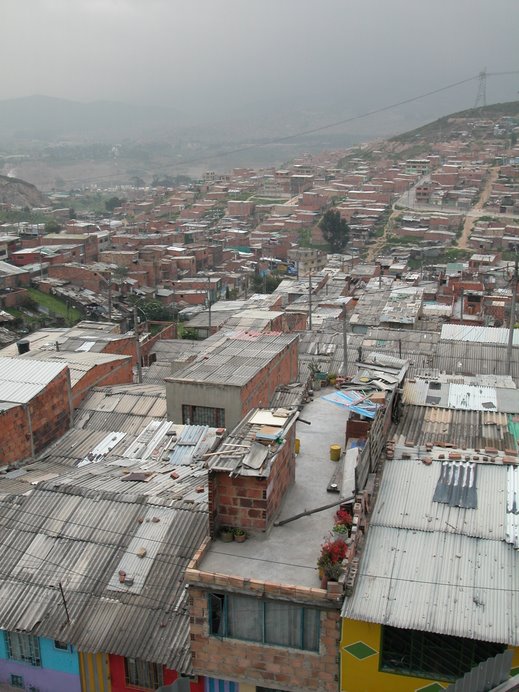Sexual abuses have been in the news not only because of the endless parade of headline-making sex crimes, often targeting children, but also because of revelations of wholesale sexual attacks being used as a weapon of war by Colombia's various armed groups.
A recent report by the Centro de Memoria titled '
The War Written on the Body' counted more than 15,000 sexual attacks amidst Colombia's armed conflict, committed by armed groups of all types, including the official military. That number, of course was surely a huge undercount, since most such crimes are never reported.
The report included testimonies by women and girls recounting attacks by armed groups, often as punishment for supposed disobedience. One woman, for example, had helped her children escape from being recruited as FARC fighters, for which misdeed the guerrillas gang raped her. Other women were targeted with attacks as warnings to or punishment against their husbands, for example for not paying protection money to the armed groups.
One FARC leader, Raul Reyes, who was killed in 2008 by a Colombian military bombing of his camp in Ecuador, kept an escort of female guerrillas, some as young as 10 or 11, whom he sexually abused.
 |
A graph shows numbers of reported cases of sexual abuse
related to Colombia's armed conflict. Cases
peaked in 2002 and 2014. |
A young girl recruited by the guerrillas described in the Centro Memoria's report how the guerrillas arranged newly arrived girls up in two rows: the virgins on one side, the rest on the other. The virgins were given to the guerrilla commanders for their recreation, while lower-echelon guerrillas had to make do with the others.
Female guerrillas who became pregnant were usually forced to have abortions or had their newborns taken from them.
 |
A conservative politician calls for
life sentences for child abusers. |
Sex crimes are also in the news because some conservative politicians are advocating for capital punishment or life in prison for child rapists. That has many asking why the demobilized guerrillas - many of whom committed sex crimes, as well as murder, kidnapping and forced displacement - should get off with little more than a symbolic punishment, and even be allowed to hold political office.
And I also wonder why the wave of accusations (almost all of them certainly true) of sexual misbehavior against prominent men in the U.S. has not spread to other places, particularly Latin America. After all, in a nation like Colombia where many men feel entitled to make sexual comments to women on the street, and where machismo culture is strong, is it credible that much worse things don't happen in the privacy of offices and studios?
By Mike Ceaser, of
Bogotá Bike Tours




























































